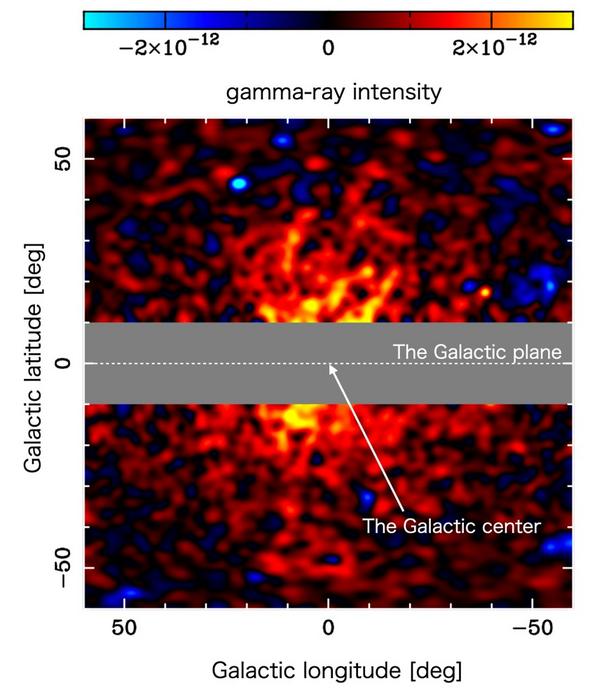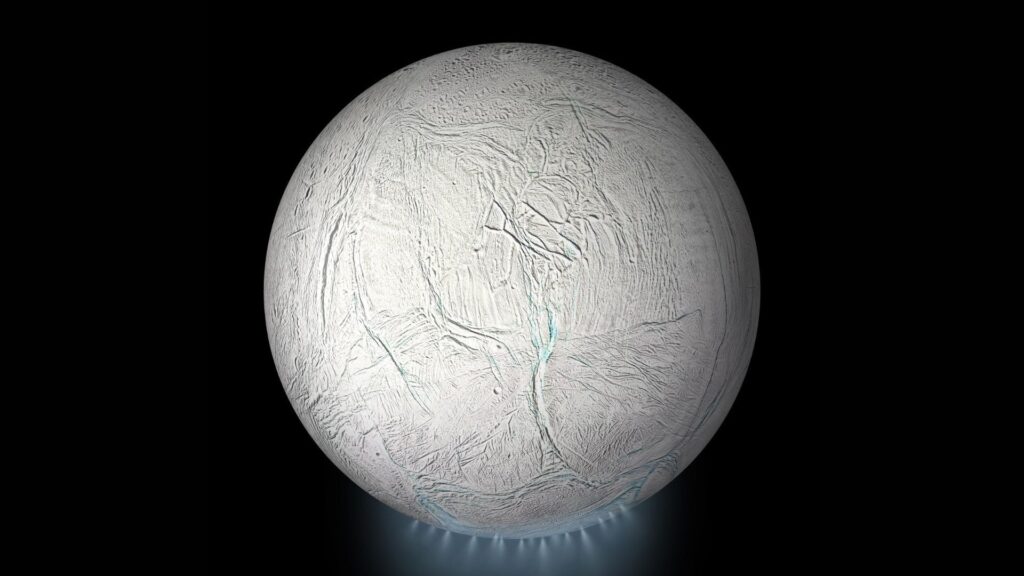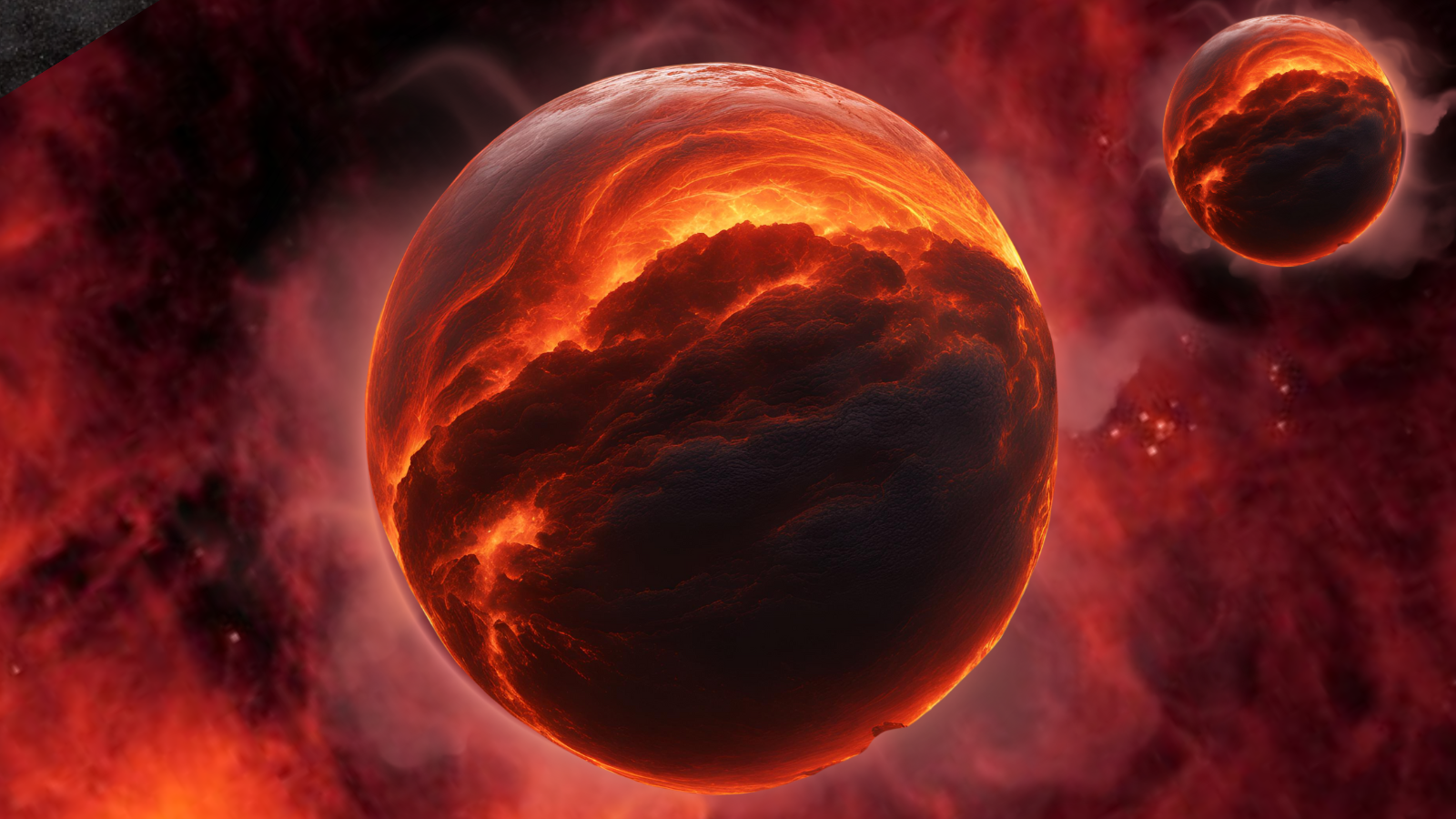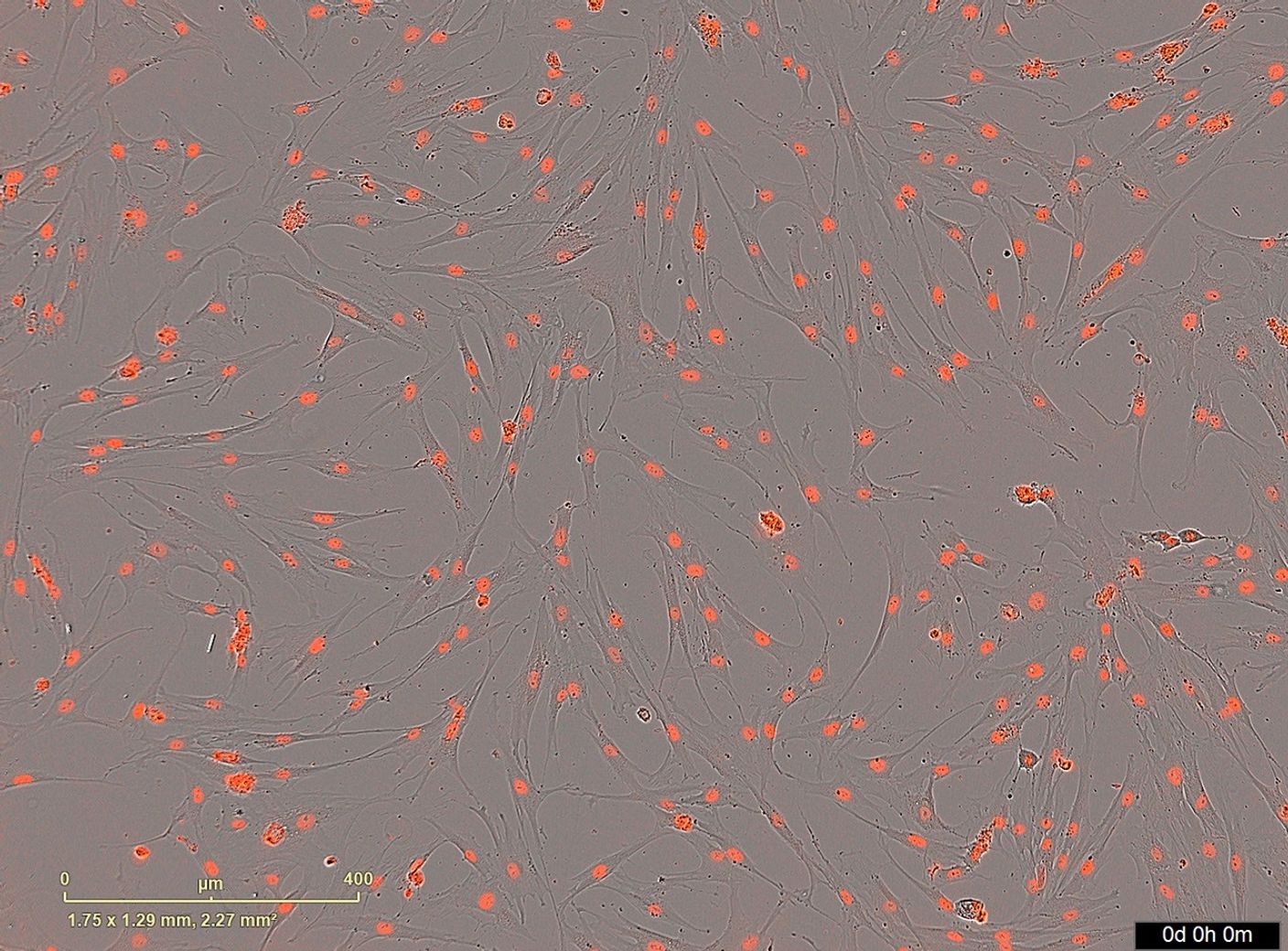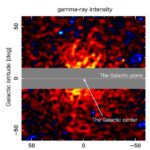Now Reading: One of the earliest galaxies in the universe was rich in oxygen. Could it mean life evolved earlier than we thought?
-
01
One of the earliest galaxies in the universe was rich in oxygen. Could it mean life evolved earlier than we thought?
One of the earliest galaxies in the universe was rich in oxygen. Could it mean life evolved earlier than we thought?

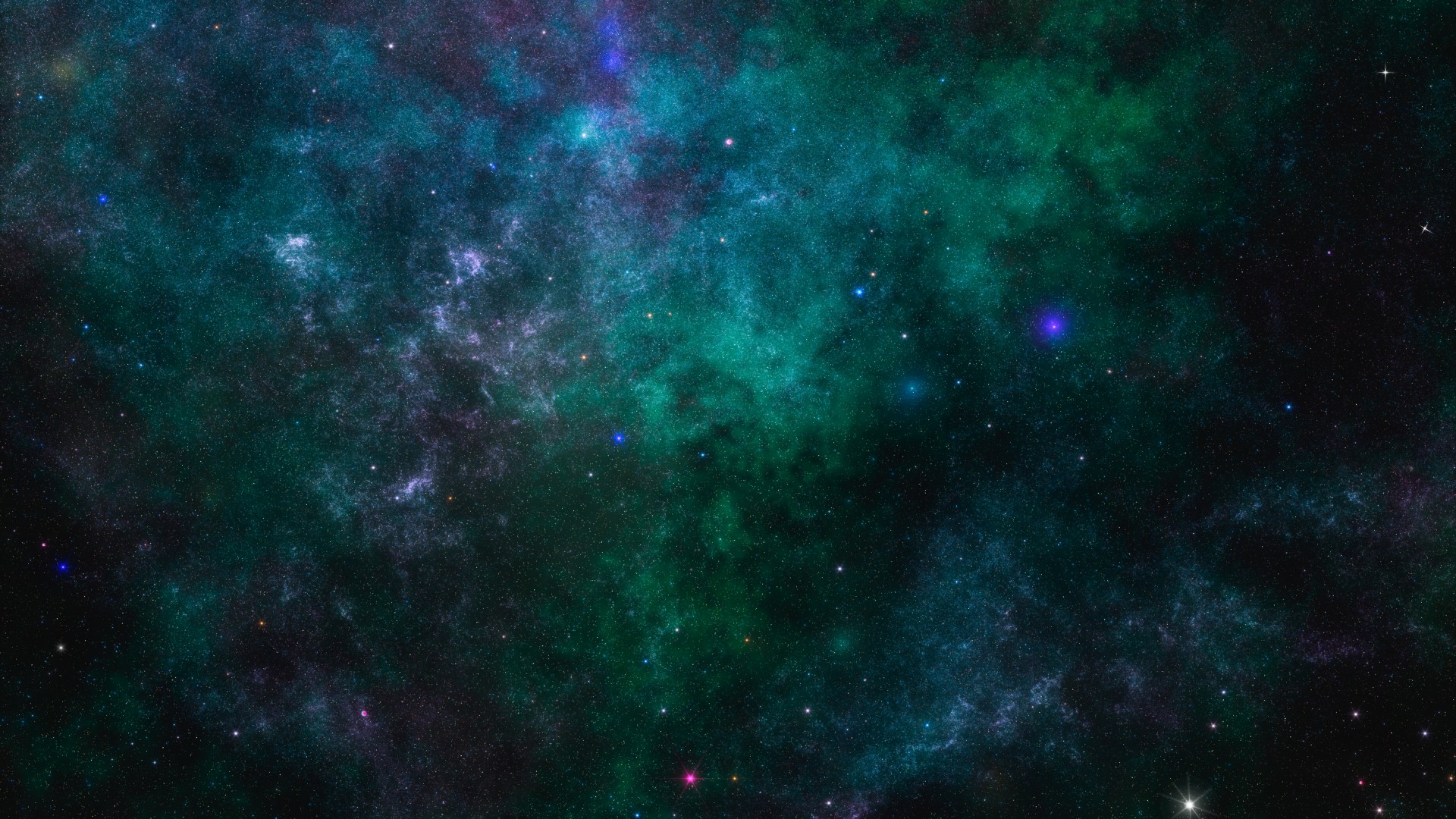
A monster galaxy from the early universe shows that the cosmos was rich with oxygen when it was only less than 3% of its present age, astronomers have found. The discovery raises questions about how early life could have first appeared in the universe.
This isn’t the first time astronomers have looked at that enigmatic galaxy, named JADES-GS-z11-0. It was first spotted with the James Webb Space Telescope (JWST) through a survey of some of the deepest, earliest galaxies ever discovered. At that time, the galaxy was estimated to exist only 100 million years after the Big Bang — something that should be impossible with our current understanding of cosmology.
But further refinements to JADES-GS-z11-0’s distance measurement have more accurately pinned it to 400 million years after the Big Bang — still shockingly early, but not early enough to break modern cosmology.
Still, questions remained. So astronomers recently used the Atacama Large Millimeter/submillimeter Array (ALMA) to study the galaxy in more detail. ALMA is a network of 66 interlinked telescopes sitting high above the Atacama Desert in northern Chile. With its network of telescopes, ALMA can achieve resolutions even higher than JWST, making it ideal for follow-up studies of galaxies discovered by the orbiting observatory.
JADES-GS-z11-0 is remarkable. Although it’s not nearly as massive as modern-day galaxies, it’s still impressive and mature. Although the galaxy is so far away that we’re observing it as it existed in the early universe, it wouldn’t look all that different if placed in the present-day universe. But unlike modern galaxies, it had only 400 million years to develop, putting it right at the edge of the first stars and galaxies ever to appear in the universe.
But what’s even more remarkable is what’s inside JADES-GS-z11-0. The astronomers detected a spectral fingerprint of oxygen in the gas clouds of the galaxy. And not just a little bit — this galaxy hosts as much as 30% of the oxygen of a fully developed, modern-day one, they reported in a preprint paper submitted to the Open Journal of Astrophysics.
Plus, JADES-GS-z11-0 is especially active with the formation of new stars. Around six solar masses of material within this galaxy are converted into new stars every year. That’s several times what the Milky Way is capable of, and it means JADES-GS-z11-0 stands out bold and bright in the early universe.
So here we have an oxygen-rich galaxy existing just after the breaking of the cosmic dawn. The only way to get that much oxygen is through many generations of stars. Each star fuses elements in its core, creating oxygen along with many others. Those stars must die, spreading the elements across the galaxy — and then a new generation of stars emerges and repeats the cycle, with each one contributing to the mix.
RELATED STORIES:
JADES-GS-z11-0 doesn’t necessarily break our understanding of how galaxies evolved in the early universe, but it does challenge it. Getting that much oxygen takes several generations of stars, but when the universe was only 400 million years old, there wasn’t a lot of time for those stars to live and die.
Plus, that much oxygen presents an intriguing new question: How early could life have developed in the universe? Such a large amount of oxygen must come with carbon, silicon and all of the other elements needed for life. Who knows what planets might have developed in this young galaxy and what may have arisen on them. However, much more research is needed to answer these questions.
Stay Informed With the Latest & Most Important News
Previous Post
Next Post
-
 012024 in Review: Highlights from NASA in Silicon Valley
012024 in Review: Highlights from NASA in Silicon Valley -
 02Panasonic Leica Summilux DG 15mm f/1.7 ASPH review
02Panasonic Leica Summilux DG 15mm f/1.7 ASPH review -
 03How New NASA, India Earth Satellite NISAR Will See Earth
03How New NASA, India Earth Satellite NISAR Will See Earth -
 04And Thus Begins A New Year For Life On Earth
04And Thus Begins A New Year For Life On Earth -
 05Astronomy Activation Ambassadors: A New Era
05Astronomy Activation Ambassadors: A New Era -
06SpaceX launch surge helps set new global launch record in 2024
-
 07Space Force plans new ‘Futures Command’ amid pressure to speed up modernization
07Space Force plans new ‘Futures Command’ amid pressure to speed up modernization












